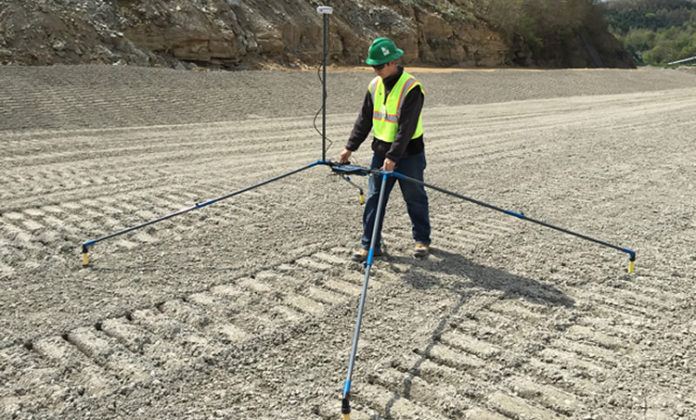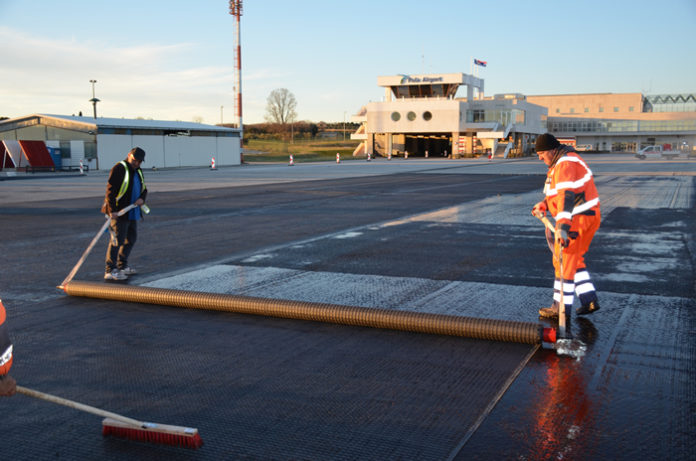GeoAfrica 2023 Sets New Dates in Egypt
The 4th African Regional Conference on Geosynthetics (GeoAfrica 2023) will be centered around the theme of Geosynthetics in Sustainable Infrastructure and Mega-Projects. It's a...
GeoAsia 7 Announces New Dates – April 2022
The 7th Asian Regional Conference on Geosynthetics, GeoAsia 7, has proactively moved its dates a second time, due to ongoing travel restrictions and concerns...
Last Chance to Register for 4 ICTG Virtual Conference
The 4th International Conference on Transportation Geotechnics (4 ICTG) is one of the many conferences that was disrupted in 2020 by Covid. The organizers...
How to Specify GCCM Materials with ASTM D8364
This series of Technical Notes, authored by Concrete Canvas Ltd., consider the importance of using ASTM standards that are specific to Geosynthetic Cementitious Composite...
Geotextile Containers Support Mangrove Growth, Healthier Ecosystems
In 2014, Australia-based Geofabrics reported on Geosynthetica about the use of geotextile containers to protect a coastal zone's vital mangrove vegetation. As part of...
Register Now for the Online Electrical Leak Location Course
TRI Environmental’s Senior Engineer Abigail Gilson is one of the world’s foremost practitioners in electrical leak location (ELL) technologies. On May 10, as part of...
A Golden Anniversary for HaTelit Asphalt Reinforcement
Through high-level research, testing, and projects, the geosynthetics field is constantly building its durability record for materials and applications. HUESKER is marking another sort...
The First International Conference on Geosynthetics, 20 April 1977
From 20 - 22 April 1977, the International Conference on the Use of Fabrics in Geotechnics was held in Paris, France. This watershed event...
How Geosynthetics Help Design More Sustainable Landfills
In 2019, Dr. George Koerner, P.E. and his Geosynthetic Institute colleagues published a white paper on the advantages of geosynthetics in construction from an...
Reinforcing Pavements at Pula Airport, Croatia
Airport pavements must be stringently engineered to meet regulations, ensure passenger and personnel safety, and handle tremendous loads of modern aircraft. Rehabilitation works provide...

















